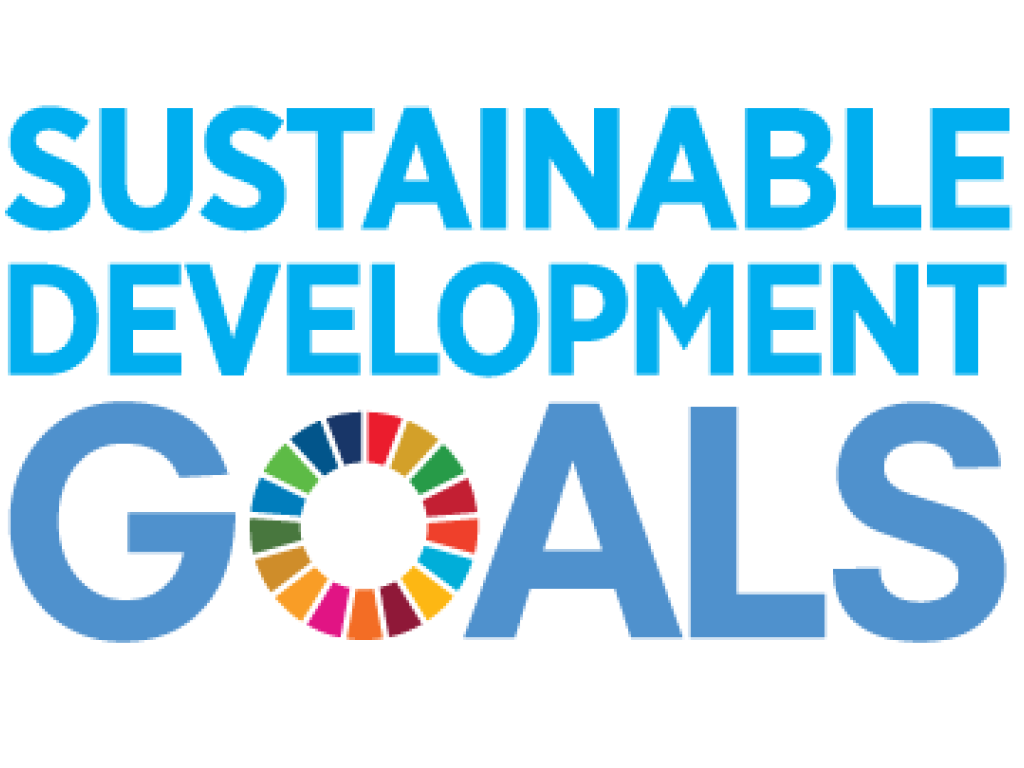Contributing to Agenda 2030: Data for Development

The United Nations Sustainable Development Goals (SDGs) represent a global commitment to fostering sustainable development by 2030. Highly ambitious, the 17 high-level SDGs, 169 targets, and 232 indicators pose significant challenges to politicians, policymakers, researchers, and activists. The subject of inequality appears throughout the 2030 Agenda for Sustainable Development, both directly and indirectly, and many goals and targets of the SDGs are clearly linked to inequality. Several leading researchers at UCT have been involved in the SDG process since 193 world leaders committed to the goals in 2015. Prof. Tom Moultrie, director of the Centre for Actuarial Research in the Faculty of Commerce, has been closely involved in considering what data are needed for measuring and monitoring the progress towards meeting the SDGs. He has shared with the PII some reflections on his roles in this important process.
"My engagement with the Sustainable Development Goals (SDGs) began with my term of office on the Council of the International Union for the Scientific Study of Population (IUSSP, the global association of demographers and population scientists) from 2014–17. While serving, I worked closely with the organisation’s vice-president on thinking through the contribution that the Union and its membership could make to the SDG process with particular focus on the data requirements for measuring and monitoring progress towards meeting the SDGs. This led to my ongoing participation in the United Nations Sustainable Development Solution Network’s Thematic Research Network on Data and Statistics (UN-SDSN TReNDS), with whom I have worked since 2015.
The need for reliable, timely and high-quality data
My work on data and the SDGs has focused on three aspects. The first has been advocacy around the importance of collecting better and high-quality census data to help monitor and track the SDGs. One of the central problems faced by countries in the global South is the absence of high-quality, reliable, and timely data that can be used to inform policy, and to target interventions.
Most countries in the global South have civil registration and vital statistical (CRVS) systems that are substantively incomplete – leading to an unhealthy reliance on models, simulations, and projections to get some sense of even relatively straightforward data such as the number of births, deaths classified by cause of death, and the overall population size. While significant efforts are being undertaken to improve the quality of CRVS data, the benefits of these efforts will take several years, if not decades, to be fully realised. In the meantime, countries in the global South will remain reliant on the census as the essential data collection exercise to provide (at least at the date of the census) much of the required data; but more importantly for the SDGs, the census provides the sample frame for conducting representative sample surveys such as labour force, household, or demographic and health surveys.
The goal of leaving no one behind
The second area of my work relates to the more abstract, but politically-charged, question of who might be left behind in the SDGs. The SDG framework adopted by the United Nations stipulates that the benefits of development must be felt by everyone: under the Millennium Development Goals, it was possible for a target to be achieved by focusing on improving indicators for larger components of the population, while minorities and largely invisible groups (often, but not always, the most marginalised in a country) were left behind. Here, my work has focused on engagement with the sociology of official statistics – who gets to define the categories against which indicators are measured.
The quest for complementary new forms of data
The third area of work considers what leaving no one behind means for data collection in the global South. In addition to being highly periodic (typically collected only once every 10 years), census data in the global South is both deficient and defective. In each of the last three South African censuses (in 1996, 2001 and 2011) the census has failed to enumerate more than 10% of the national population. We only know this because South Africa is one of the few countries globally to conduct a Post-Enumeration Survey (PES) immediately in the wake of a census – a capture-recapture exercise that provides an estimate of the undercount in the census. Yet, even though this exercise helps to correct the enumerated population, it does so at a very coarse level of granularity: in South Africa, by province, enumeration area type (akin to a rural-urban), population group, sex and broad age bands. At a small area level (suburbs within a city; or small towns), we have only a rough estimate of the population size, its composition and characteristics, limiting our ability to fully understand or identify poverty and deprivation, or to identify spatial pockets of people at risk of being left behind.
New forms of data – in particular from mobile telephony networks, and remote-sensing (that is, satellites) – hold great promise in being able to provide information in more-or-less real time on population distributions and indeed poverty. Yet these forms of data are complementary to, not substitutes for, the census and the old-school sample surveys based on them. Data from these new sources needs to be validated against, and harmonised with, data from old sources. New analytical techniques and statistical methods need to be developed.
However, in mid-2018, time is starting to look short. One fifth of the way through the SDG period, and we are still grappling with the question of measurement of many SDGs, especially in the context of no one being left behind. Urgent research and thinking must, and will, continue."